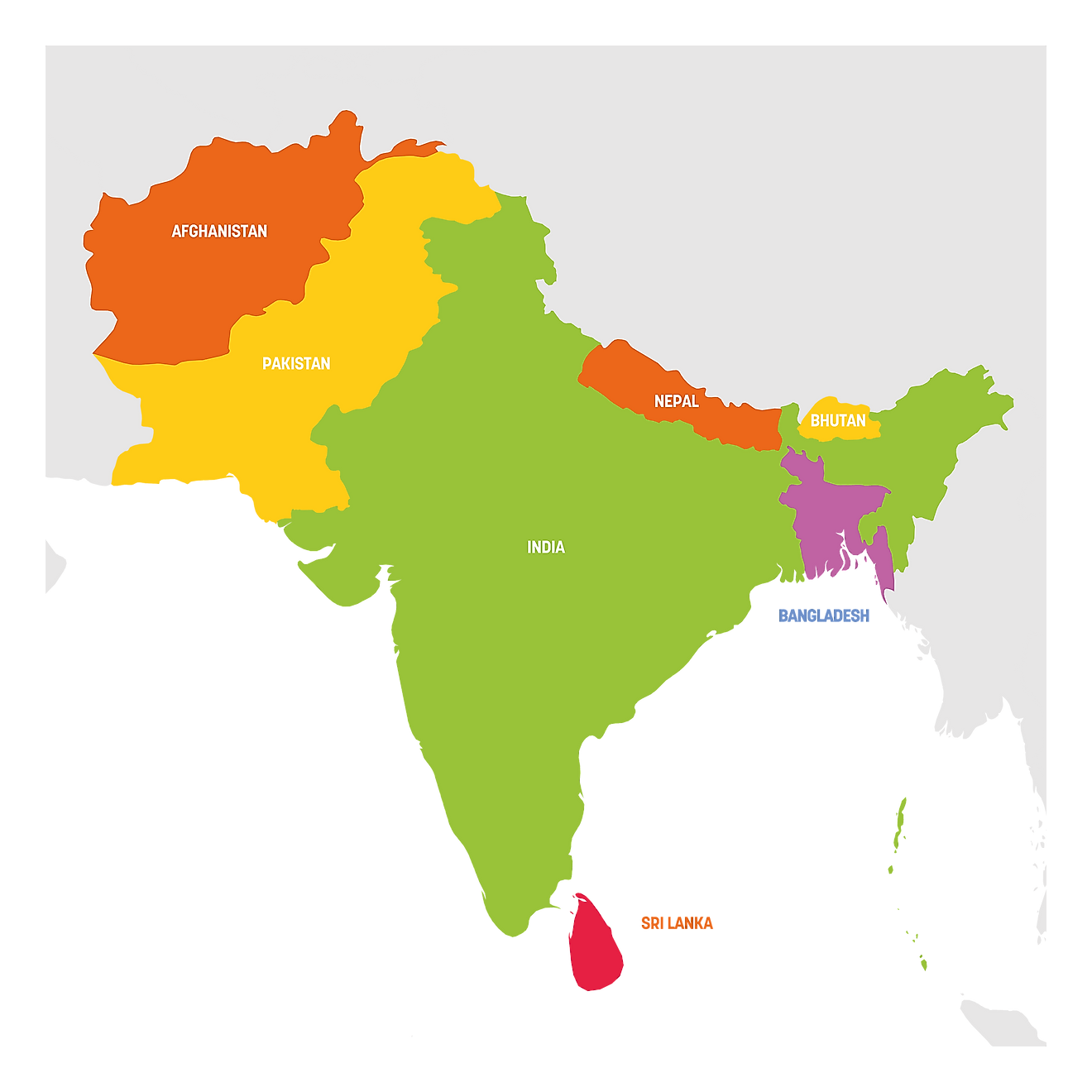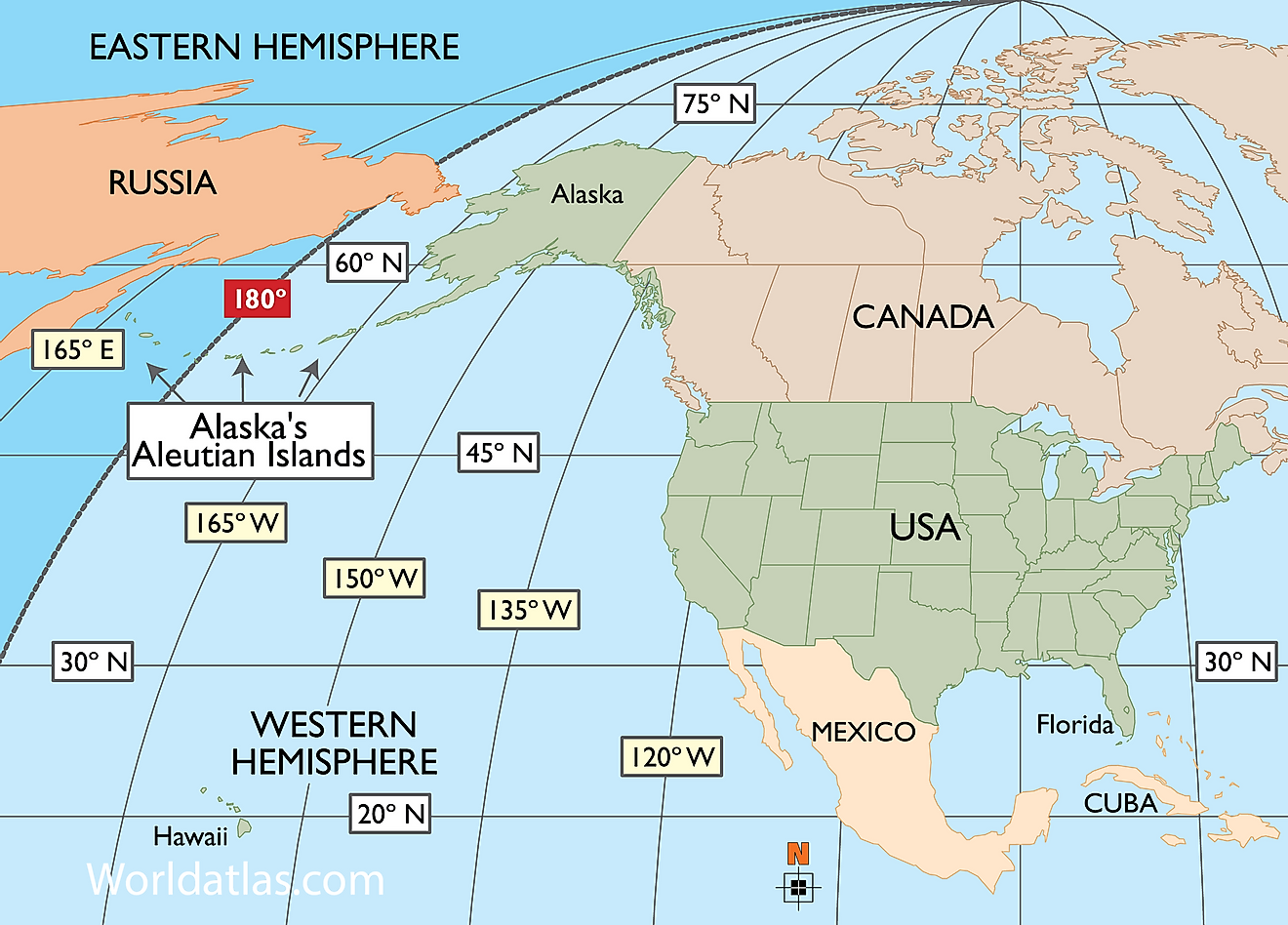The Pamir Mountains
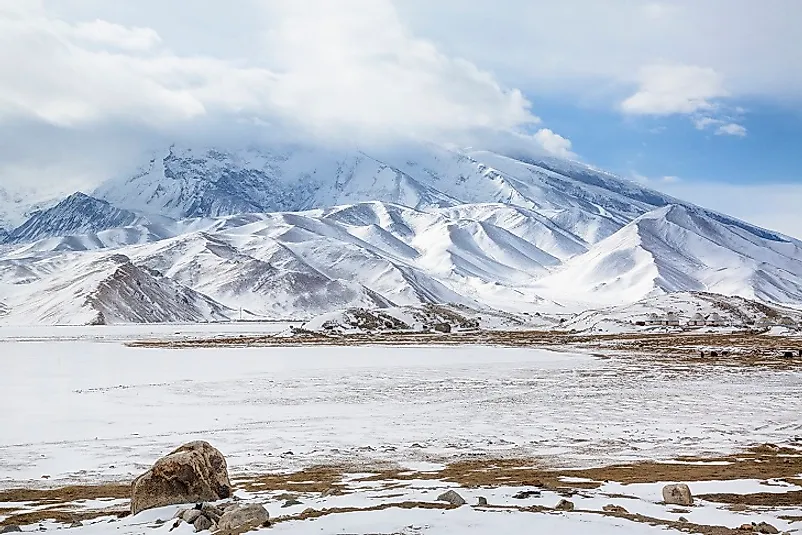
- The Pamir Mountains are located in the heart of Central Asia, mostly in Tajikistan.
- The Pamir Mountains are the second highest mountain range to contain human settlements.
- Approximately 205,000 people live in the Pamir Mountains.
Content:
- Where Are The Pamir Mountains?
- Why Are They Called The Pamir Mountains?
- Relief
- Drainage
- Climate
- Plant Life
- Animal Life
- History Of Exploration
- People And Economy
Where Are The Pamir Mountains?
The Pamir Mountains are deep in the heart of Central Asia, mostly in the country of Tajikistan, though there are also parts of the mountain range in the countries of Afghanistan, China, and Kyrgyzstan. It is just one of several mountain ranges in the area. Adjacent to the Pamirs are the Hindu Kush, the Karakoram Range, the Kunlun Mountains, and the Tien Shan. The Pamir Mountains are part of the greater Pamir-Alai system, which stretches from west to east for 560 miles (900 km), and from north to south for 250 miles (400 km). When viewed from space, the Pamirs resemble a quadrangle.
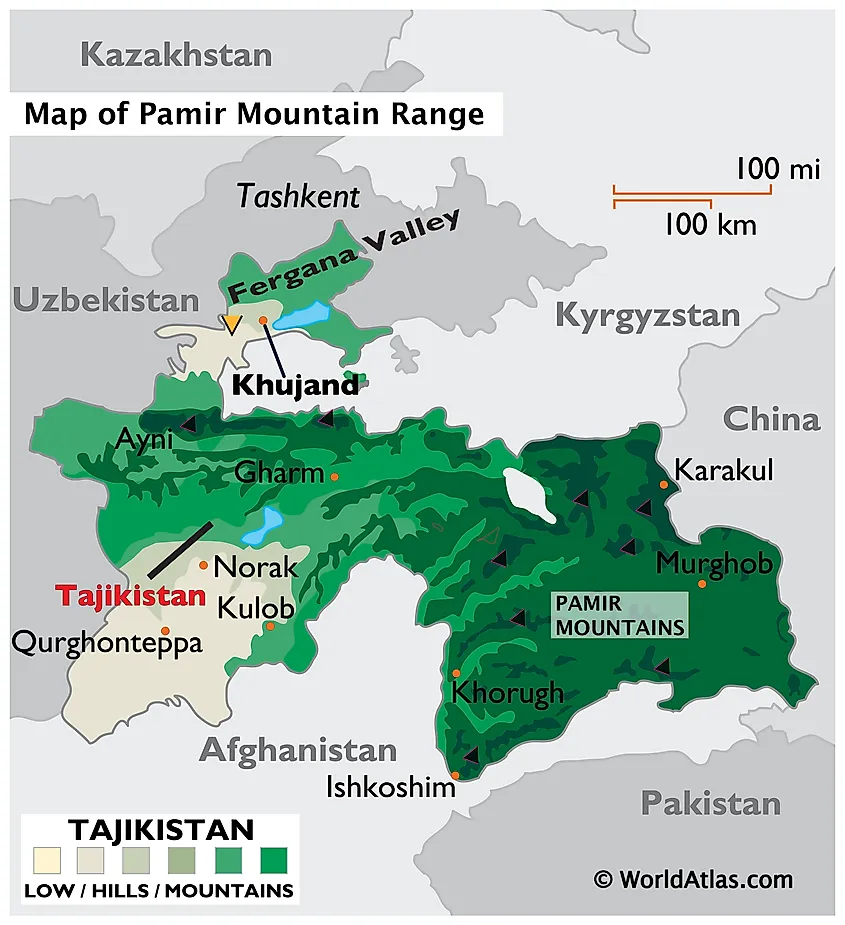
Why Are They Called The Pamir Mountains?
There are several theories as to the meaning of Pamir. It may simply refer to the high, hilly grasslands that dominate the eastern part of the mountain range. Some have suggested that it means "the roof of the world" while others say it comes from the words Poi Mihra, literally meaning the foot of the sun, since the local inhabitants always saw the sunrise behind the mountains. Mihra, which refers to the sun, was originally the name of an ancient god of the sun and the light. There are also some researchers who believe that the origin of the word Pamir lies in the Zoroastrian faith that was widespread in the region in the first millennium BCE.
Relief
A former British ambassador to Tajikistan once described the Pamir Mountains as “one of the world’s best-kept secrets.” Indeed, the mountains contain some beautiful landscapes, which can vary from subtropical to alpine. The Pamirs consist of both east to west and north to south ranges, although the former type are predominant. The mountain ranges that form the fringes of the Pamirs are the northern Trans-Alai range, the western Akademii (Akademiya) Nauk Range, the central Zulumart Range, and the eastern Sarykol Range.
Their rugged terrain and the area in which they are situated make the Pamir Mountains very inaccessible. The Pamirs have no access to the sea, though the area does contain bodies of water. All the ranges that make up the Pamirs are separated by ravines or gorges, in which there may be rapid-flowing rivers. In fact, some of the rivers are popular with white water rafters.
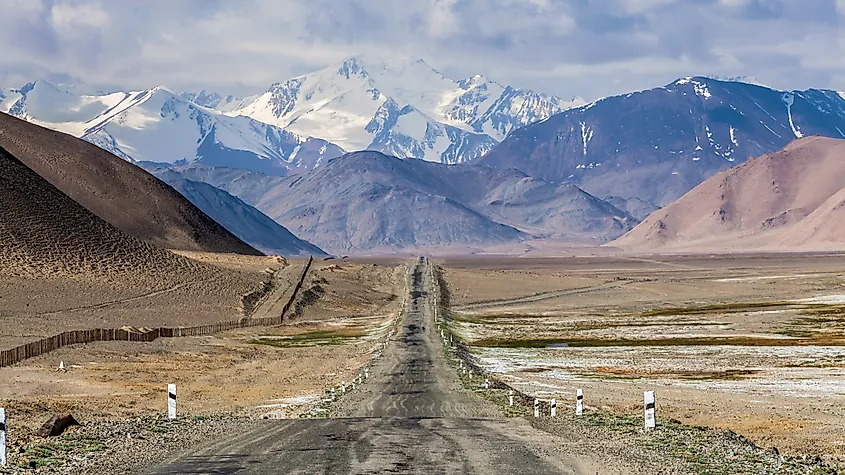
Pamir Highway, Tajikistan. Image credit: NOWAK LUKASZ/Shutterstock
For the purposes of distinguishing the different types of relief, the Pamir Mountains can be divided into two areas, the eastern area and the western area. While the eastern Pamirs have a predominantly medium-mountain relief, the relief of the western Pamirs is high-mountain and alternates between low ranges and high ranges that are capped by snow or glaciers. The mountains themselves are defined by rounded contours.
The Pamir Mountains contain several named peaks, the highest of which is known as the Imeni Ismail Samani Peak, at 24,590 feet high (7,500 m).
Drainage
Many of the Pamir Mountains are covered in glaciers, the largest one being the Fedchenko Glacier in the central Pamir massif. Some water from these glaciers melts and flows into nearby rivers, like the Panj and Vaksh Rivers. Meltwater also flows into what is known as the Tamir Basin, located in western China. There are irrigation projects that depend on the meltwater from the Pamir glaciers, including a large one that uses the Kyzylsu-Surkhob-Vakhsh river system. On occasion, earthquakes can occur in the Pamir Mountains, resulting in landslides. The debris from these landslides can dam rivers to the point where lakes form. Lake Sarez, for example, is thought to have been formed when an earthquake triggered a landslide that dammed up the Murgab River.
Climate
The Pamir Mountains have an arid climate. Winters are very cold, while summers are warm and dry. During the summer, temperatures can typically hover around 73 degrees Fahrenheit (23 degrees Celsius). In winter, the mercury can typically fall to one degree Fahrenheit (-17 Celsius). In the low western Pamirs, however, average temperatures can range from as high as 81 degrees Fahrenheit (27 degrees Celsius) in the summer to 21 degrees Fahrenheit (-6 degrees Celsius) in the winter. There are also some isolated locations in the eastern Pamirs where the temperature can fall as low as -58 degrees Fahrenheit (-50 degrees Celsius) during the winter.
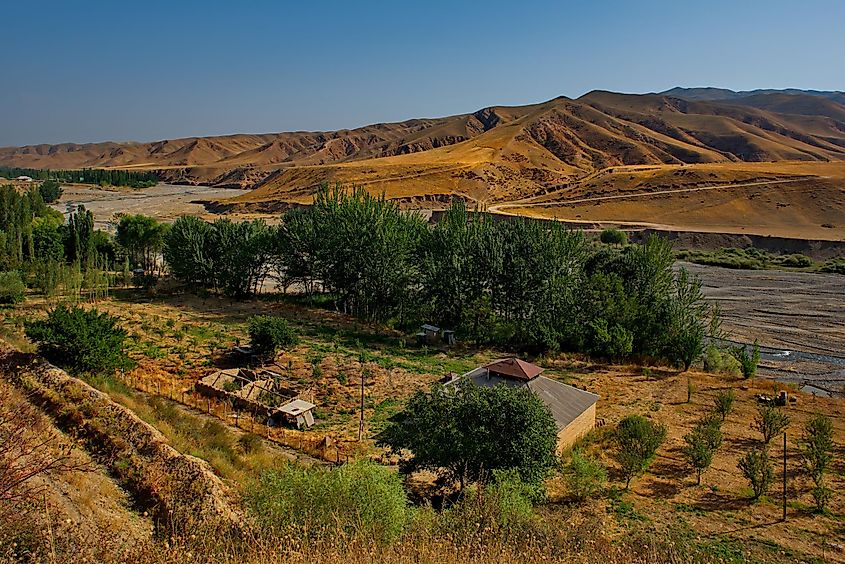
The weather in the Pamirs is largely influenced by winds known as the Afghan winds. These winds contribute to convectional and cyclonic storms, which are common in the summer. In the western mountains, the Afghan winds can bring dust storms, followed by rain. Snowfall is most common at the highest elevations of the mountains.
Plant Life
There is a significant difference between the plant life in the eastern Pamirs, as opposed to the west. In the eastern Pamirs, one will find large areas of bog, along with some plant life. In the western Pamirs, much of the land was once used by the local inhabitants for grazing, and many trees were cut down for firewood. In the late 1930s, however, the people living in the western Pamirs were forced to relocate. Since the western Pamirs were depopulated, plant life in the region has flourished. This plant life includes junipers, shrubs, willows, thornbushes, oleander, poplars, and birches. There is also pastureland at higher elevations, above 10,000 feet.
Animal Life
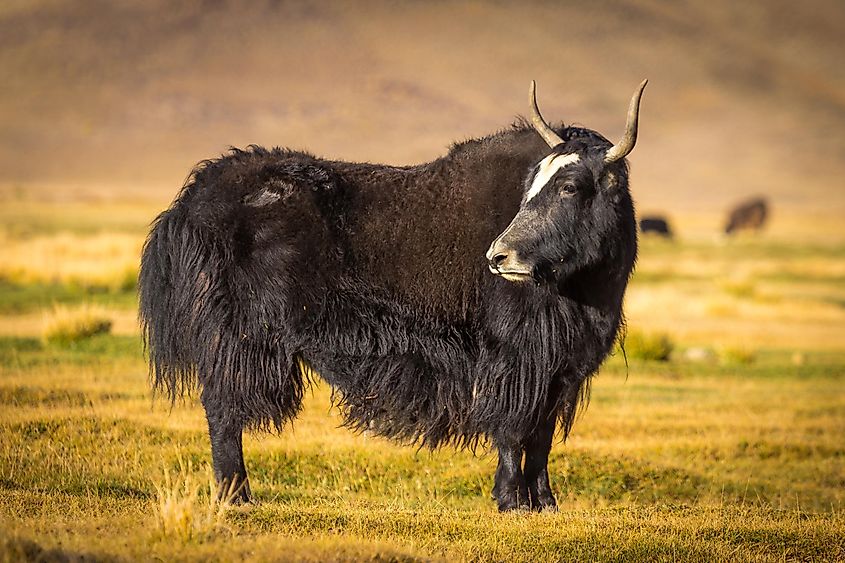
The Pamir Mountains are home to a wide variety of animals. Mountain goats and wild sheep are typically found in the high tablelands of the eastern Pamirs. The Pamirs also host the Ibex, though they are elusive and generally do not appear in areas with significant human activity. Markhor can be found in the lower mountain ranges between the Panj and Vakhsh rivers. There are also bears and wolves in the Pamirs. They typically feed on marmots, which are also common in the area. The Pamir Mountains also host a small population of snow leopards. Birdlife includes Lammergeiers (bearded vultures), Himalayan griffons, white partridges, pheasants, and snow cocks. In addition, flocks of waterfowl use the eastern Pamirs as a stopover while migrating between Siberia and South Asia.
History Of Exploration
In the period between the 1st and 7th centuries CE, the Pamir Mountains were part of the legendary Silk Route. In the 2nd century, Ptolemy made reference to the Pamirs in his work, Guide to Geography. The Chinese invaded the Pamirs in the year 747 CE, but their stay was short-lived. Famous European explorer Marco Polo may have traversed the Pamir Mountains on his way to China, but the first European to document his exploration of the region was a Portuguese Jesuit missionary named Benedict de Goes, in 1603. The Pamirs were also surveyed by legendary English explorer, Ney Elias, about two centuries later.
By the late 19th century, the exploration of the Pamir Mountains was mostly conducted by Russians, for whom many of the mountain peaks in the region are named. In 1928, Soviet explorers drew the first topographical map of the northwestern Pamirs after visiting the Fedchenko Glacier. Shortly thereafter, in the 1930s, the Soviets established an observatory on the glacier, which has since managed to provide a great deal of scientific data on the physical properties of the Pamir Mountains. Today, the Pamirs are a growing tourist attraction visited by people who are interested in traversing the mountain range, visiting ancient shrines, climbing some of its peaks, and even white water rafting on its rivers.
People And Economy
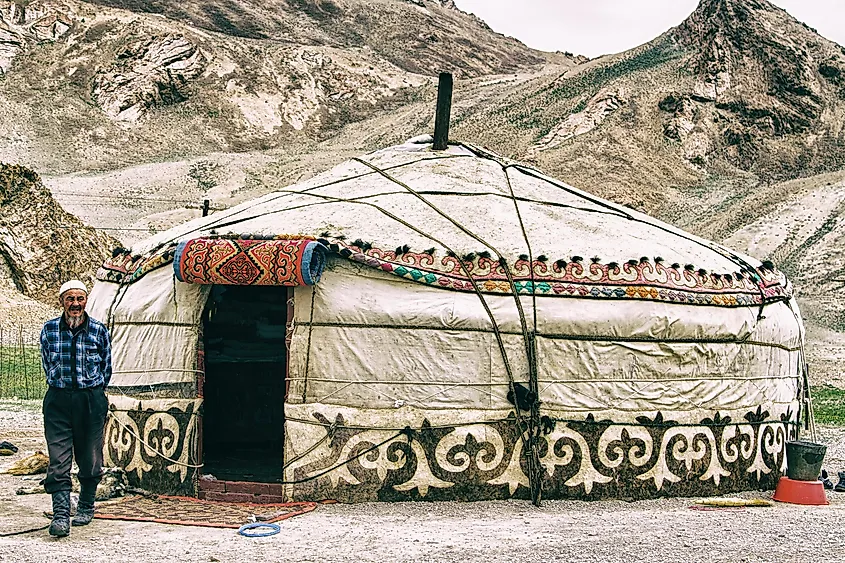
The Pamir Mountains are the second-highest mountains after the Himalayas in which human settlements exist. Settlements in the Pamirs are typically found at elevations between 5,000 and 11,480 feet (1,500-3,500 m). Approximately 205,000 people call the Pamirs home. Most of them belong to one of two groups, the Kyrgyz and the Tajiks. The countries of Kyrgyzstan and Tajikistan are named for these two peoples. The Kyrgyz are Turkic-speaking, while the Tajiks speak several Indo-Iranian languages. Most of the Kyrgyz live in the eastern Pamirs, while the majority of the Tajik population resides in the western valleys. In terms of religion, most Kyrgyz practice the Sunni branch of Islam, while most of the Tajiks in the Pamirs are part of the Ismaili sect of Shiite Islam.
There has been significant migration in the Pamirs since the late 1930s, leading into 1940, when many of the mountains’ residents were forced to relocate to communes set up to grow cotton on the river plains of Tajikistan. More recently, population pressure and poverty in Tajikistan has led to the establishment of new settlements in the western Pamirs. In the 1980s, a war in Afghanistan also led to significant migration as settlements were abandoned and populations dispersed. Major settlements in the Pamir Mountains include Khorog and Qalaikhum in the southwest, Gharm, Tojikobod, and Jirgatol in the northwest, Murghob in the east, and Taxkorgan in the Chinese Pamirs.
Pastoralism and farming are the main economic activities performed by people in the Pamir Mountains. In the eastern Pamirs, pastoralism usually involves yaks and sheep. The main crops of the eastern Pamirs are barley, pulses, rapeseed, potatoes, and other root vegetables. Cotton has traditionally been grown in the western Pamirs, especially during the Soviet era. Large orchards, in which apples, pears and apricots grow, are found in the valleys and foothills of the western Pamirs, as are vineyards. Farmers in the western Pamirs also grow grain crops, such as wheat and corn. Historically, livestock in the western Pamirs has included sheep and goats, but these are being replaced by cattle.









